
Number of species in the collection: 3.
Pictures of Archaea:
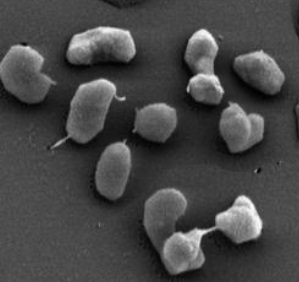
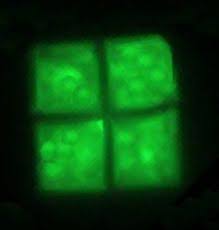
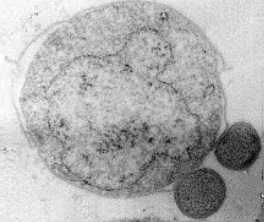

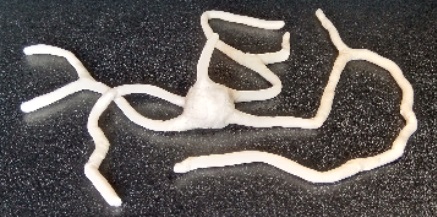
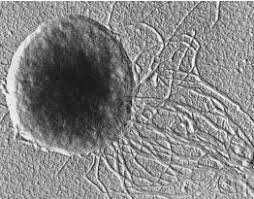
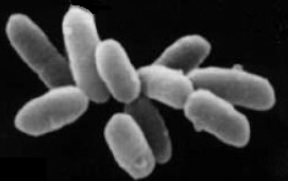
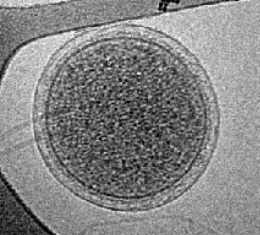
Characteristics of Eukaryota:
The Archaea, a name that means ancient,
are one of the three major groups that comprise life, consisting of unicellular
microorganisms with highly varied biochemical pathways and frequently adapted to
environments with extreme conditions.
They are microscopic, unicellular organisms, similar to bacteria but with
different type of cell membranes, cell walls, and differences in some of the
main biochemical pathways. They lack a nucleus, and typically the DNA forms a
circular chromosome. The cell membrane has lipids with ether bonds rather than
ester bonds like occurs in bacteria, and discarding few exceptions, the membrane
is covered by a wall chemically different from the bacterial cellular wall, with
pseudopeptidoglycan, glycoproteins, or polysaccharides. The cytoplasm lacks
membranous organelles, and the ribosomes are of the 70 S type. They may have
flagella for swimming, although some species can move by forming cellular
extensions. The metabolism of Archaea is extremely varied, being able to obtain
energy from sunlight, organic compounds, or mineral compounds, as well as to
respire oxygen or other compounds or to produce fermentations. The group has
been found in places as varied as anoxic sludge, deep sea waters, inside
animals, extremely acidic waters, volcanic geysers above the boiling point, or
hypersaline lakes. Reproduction is by cell division, although they have
mechanisms for exchanging DNA from one cell to another.
A large number of Archaea are adapted to environments that were common just a
few million years after the formation of the Earth, remaining as remnants of a
period when the planet was very different from today, without oxygen and with a
different atmospheric composition.
The Archaea domain diverged from the Bacteria domain long before the Eukaryota
domain appeared. This latter domain was formed by the fusion of an Archaea from
the Asgardarchaeota group and a bacterium from the Alphaproteobacteria group,
originating a cell with completely new biochemical properties that ended up
forming the Eukaryota cell, with mitochondria and nucleus. Because of this, in
the Eukaryota, the genes responsible for maintaining the DNA are more similar to
the Archaea domain, while many responsible for metabolism resemble more to
Bacteria.
The evolutionary relationships of the main Archaea lineages can be seen in the
image below:
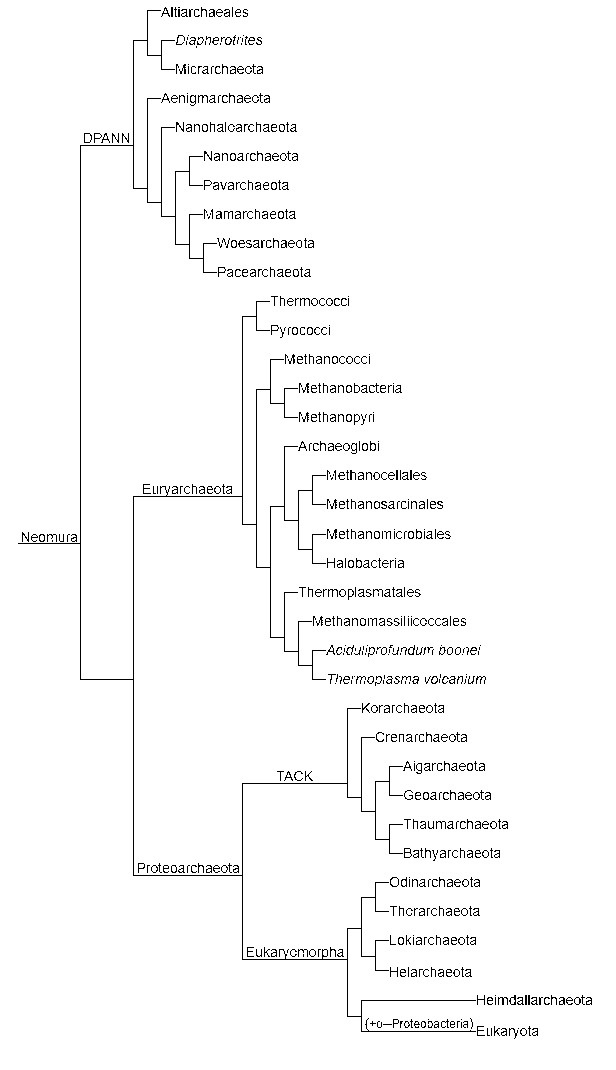
Domain: Archaea